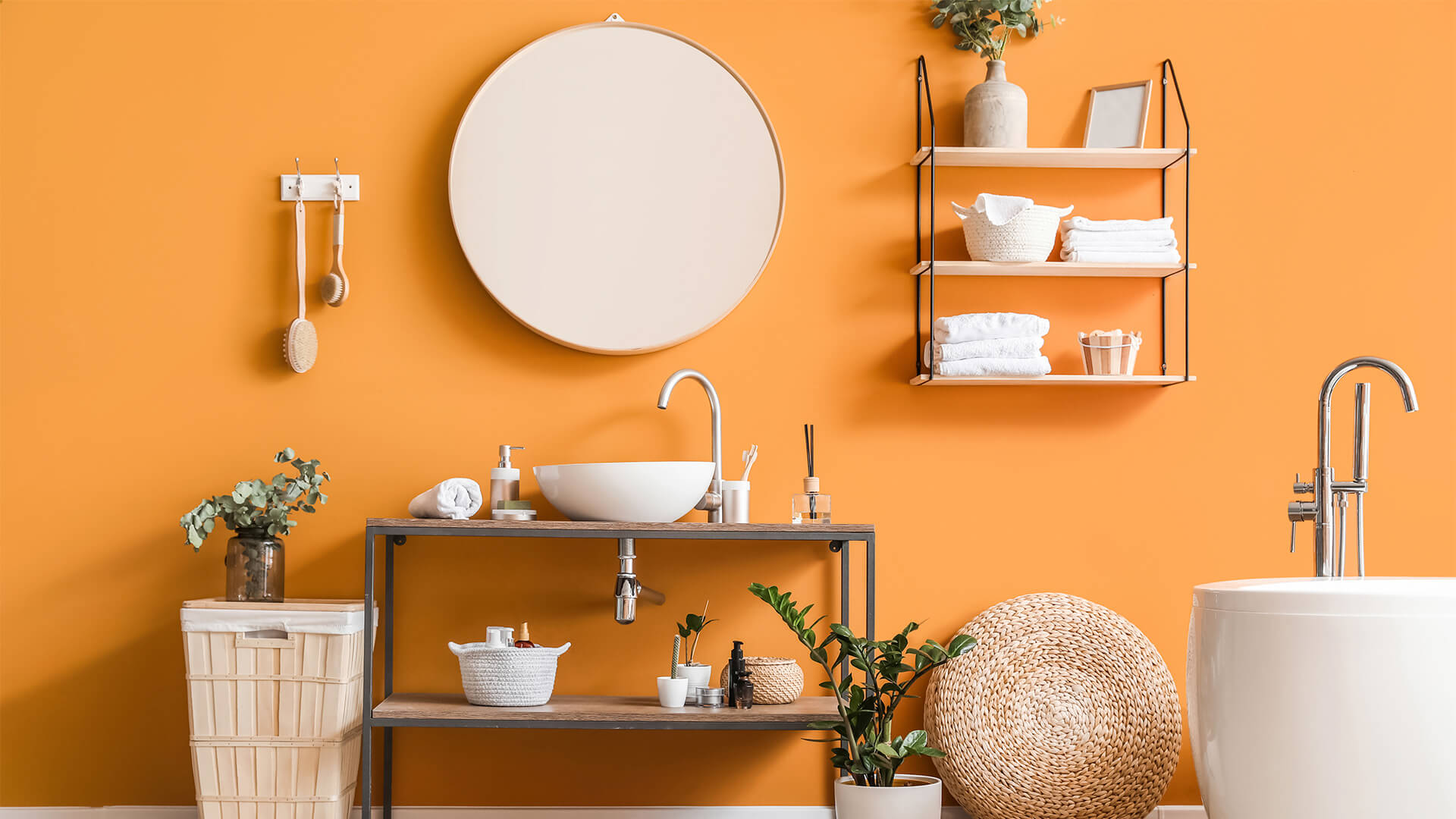Bathrooms and wetrooms come with a unique set of challenges. As well as having to work in a toilet, sink and shower and/or bath, there’s also a need to consider ventilation, drainage as well as a sleek and waterproof design.
However, with a few clever hacks, you can truly make the most of the space you have.
1. Use Floating White Goods
Sinks, toilets and shelving units can all be installed ‘floating’, which is essentially where there is no connection to the floor. This creates an instant illusion of more space thanks to the floor seeming emptier and there being an almost clear floor area.
Floating toilets have become increasingly more popular in recent years, as not only do they look more appealing, but they make the room easier to clean. Floating storage, such as shelving units or cupboards allows for under shelf storage such as baskets or Tupperware to be used as secondary storage.
2. Select Tiles Carefully
While darker tiles are on trend at the minute, they can make a bathroom or wetroom seem dark and overpowered. Capitalise on the light you have to make a bathroom seem more or less spacious as you desire by choosing the correct tiles.
For example, on a mirrored wall you may choose to place darker tiles to help the light refract better, and on the darkest wall in the bathroom, use a lighter tile to reduce the shadowy space.
Smaller tiles will also create interesting patters but can be a bit much in rooms that are already quite busy. For gentle blocks of colour or pattern, it’s better to go for a large form tile that blends easily. This way the walls appear smoother, and the floor looks more seamless.
3. Consider a Traditional Wetroom
Wetrooms are bathrooms where there is no shower tray. This means that the floor is seamless and there is no step into a shower. The smallest feasible size for a wetroom is 1.5m x 1m, making them a greater possibility for someone who has a small space and wants to capitalise on the room available.
And for larger rooms, wetrooms can include bathtubs, allowing for unlimited luxury. Wetrooms offer more opportunity to expand over bathrooms, and the increased waterproofing that a wetroom has means that it protects your property for longer.
4. Maximise Space by Using Movable Features
Rather than creating fixed features that appear bulky over time, reduce the amount of stuff in your bathroom or wetroom that has to be fixed to the floor or wall.
For example, having hanging baskets with not just plants in but toiletries and essentials means that you can remove them to be stowed away safely if you fancy a change.
Or, you can use stackable storage boxes that can either be placed inside cupboards or somewhere underneath a cupboard in your bathroom or wetroom.
5. Make Use of Mirrors
Mirrors, if correctly chosen and placed, can help a space seem expansive, lighter and provide a point of visual interest. Mirrors don’t have to be large and cumbersome, but can instead be smaller tile sized, carefully grouped to create patterns.
Placing a mirror directly in the line of the sun can be too glaring, so instead think about placing them in the secondary light patterns, whether this is next to a sun hotspot, or where the ceiling light can be easily reflected.
By carefully choosing the size and shape of mirrors to complement the design theme of your wetroom or bathroom, you can create the illusion of shape and luxury.
































